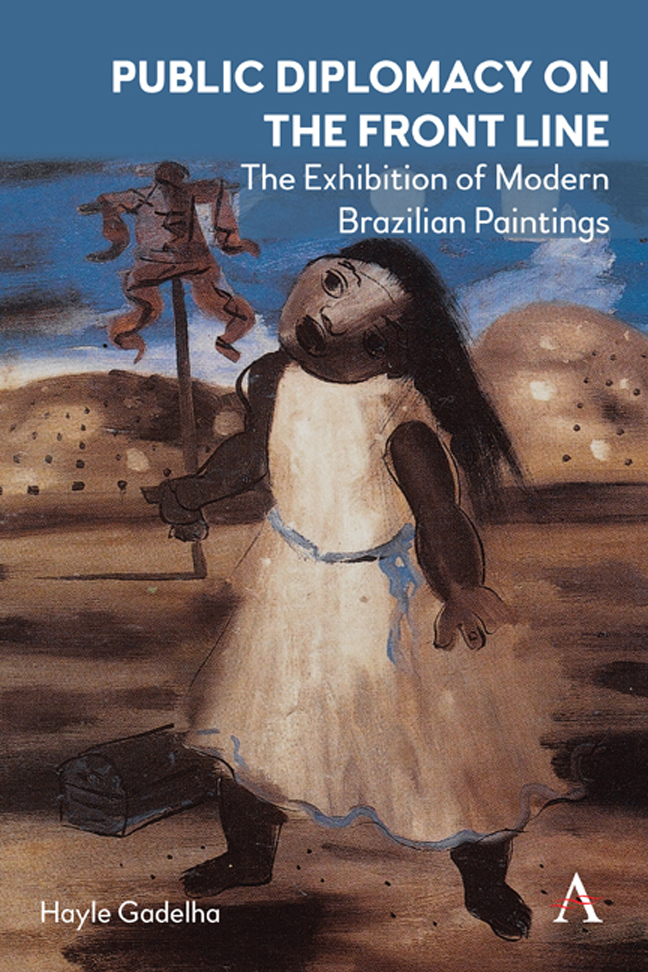Summary
Emergence of Modernism in Brazil
Modernists needed to assure their multiple audiences that modernismo and brasilidade were synonymous
Daryle WilliamsWhilst a large part of Brazilian historiography, since its ‘patron’, Francisco Adolfo de Varnhagen (1816–1878), ignores precolonial times and considers the arrival of Europeans in 1500 as the beginning of national history, the chronology of its arts is even more limited. It commonly starts in 1816, when the French Artistic Mission led by Joachim Lebreton (1760–1819), a former director of the Louvre, arrived in Rio de Janeiro to establish the capital's artistic institutions and canons. According to historian Fernando Azevedo, it is with the installation of the Portuguese court in Brazil that, ‘broadly speaking, the history of our culture begins, for, until this time, one cannot find anything, but sporadic manifestations of exceptional figures educated in Portugal and under foreign influence’ (as cited in Williams, 2001, p. 622). Eight years before the arrival of the French Artistic Mission, the Portuguese royal family had moved to Brazil, escorted by the English fleet, fleeing from Napoleonic expansion. Subsequently the capital of the United Kingdom of Portugal, Brazil and the Algarves (1815–1822), Rio de Janeiro required a cultural apparatus compatible with its new status as the centre of a European monarchy. Portugal's King John VI (1767–1826) revoked the colonial prohibition of printing, and the royal library was brought from Lisbon. Lebreton and his cohort devised a Royal Academy dedicated to visual arts, crafts and architecture. The Academy, which was later transformed into the Imperial School of Fine Arts and finally the National School of Fine Arts (Escola Nacional de Belas Artes – ENBA), would drive the development of Brazilian visual arts, through its salons and prizes. Championed by officialdom for over a hundred years, Brazil's visual arts were still attempting to emulate standards imported from Europe throughout the nineteenth century. Eventually, a nationalist quest to subvert the European influence emanated from the arts establishment, and this became an essential characteristic of Brazilian Modernism, as defining of the movement as the common attributes of universal Modernism listed by Peter Gay in his classic ‘Modernism’: subjectivism or self-scrutiny and the rupture with conventions (2010). The apparent anachronism between breaking with old aesthetics and continuously importing established patterns is explained by Daryle Williams, for whom ‘the Brazilian elite worked to invent a civilised Brazil for Brazilian and international eyes.
- Type
- Chapter
- Information
- Public Diplomacy on the Front LineThe Exhibition of Modern Brazilian Paintings, pp. 11 - 50Publisher: Anthem PressPrint publication year: 2023



